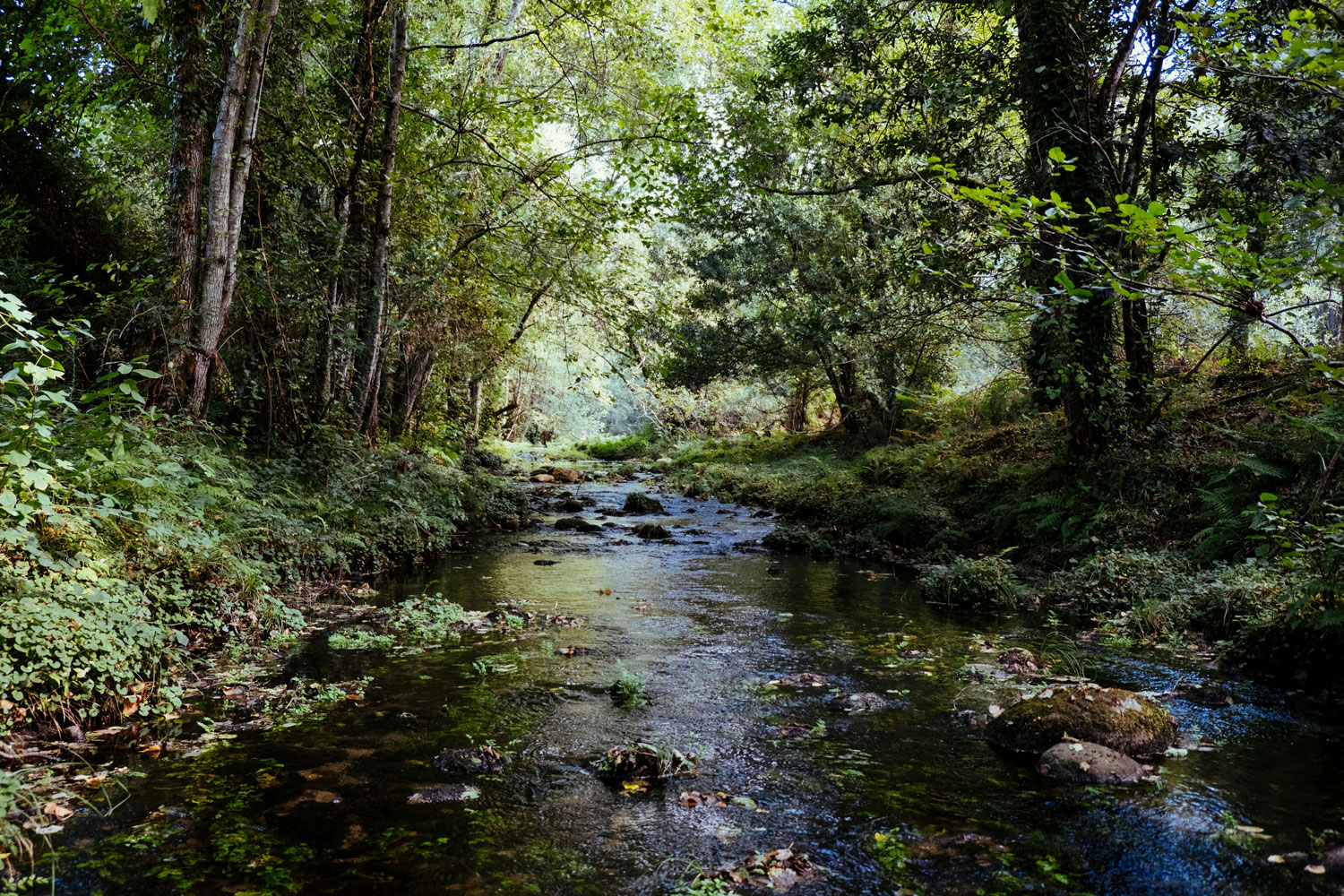With SUDS becoming mandatory for almost all developments from this year, focus is increasingly on how to implement. Here’s what you need to know:
Where to send the water?
Development of previously green field land brings with it increased surface water run-off which has to be collected and safely channelled. Whilst untreated sewage discharges have been in the media recently, the planning system has been working towards sustainable disposal of surface water for more than a decade.
A combination of climate change, aging drainage infrastructure and the increasing need for new homes are creating the need for more drainage solutions on new sites. With ever more ingenious surface water drainage solutions, the legal regime around drainage and percolation is using old cases to catch up with new realities.
More new homes mean more surface runoff water needing to be displaced and it is the responsibility of planners and developers to provide infrastructure to handle that water in a sustainable and safe way.
What are SUDS?
Sustainable Urban Drainage Systems (SUDS) are environmentally-friendly surface water collection and disposal solutions which enable surface water to be disposed of in ways which do not involve simply channelling it into local sewers. They come in a plethora of different forms – from attenuation basins, discharges direct to existing watercourse and percolation facilities.
Each development site needs its own, bespoke SUDS system – tailored to the ground conditions, percolation capacity of the soil and topography. As of this year, all new developments will require a Sustainable Urban Drainage System in order to gain planning permission.
In many cases the SUDS system will involve collecting water and then channelling it or discharging it into land owned by another party. Depending on whether the water is channelled through natural or man-made watercourses, or whether it will percolate naturally will depend on whether a grant of rights to discharge from the third-party land owner will be needed.
In the meantime, a statutory regime also sits atop any private rights meaning that discharges into ‘Main Rivers’ require Environmental Agency consents as well.
What does the law say?
The law on discharging water to watercourses on third party land is reasonably settled – consent is required from all landowners into whose land a new discharge of water is made, even if water is not discharged at a greater rate than the current green-field rate.
For sites with existing rights to discharge, a new consent may be needed where volumes or flow rates increase – depending on the terms of any expressly granted rights. Where rights have been gained through long use over 20 years (prescription) new consents will likely still be needed if volumes or flow rates increase or where discharges are made over a longer period than has previously been the case.
However, the law is much less settled when it comes to solutions involving percolation of surface water into areas which had not received surface water in significant quantities (or over significant periods) before. Case law stretching back to the 19th century tends to suggest that water can be engineered on one’s own land and no claim arises – even if this results in water being diverted away from a neighbour’s land. More recent cases between 2015 – 2020, though, suggest that changing the hydrology of an area through the installation of a SUDS may constitute a breach of a neighbour’s right to support to their land – in addition to being a nuisance.
The area is complex and even with a discharge consent in place, damage to land caused by drainage problems can result in damages awards and injunctions, should matters end up in court.
What does this mean for developers?
Whilst it is a requirement for each planning permission to include provision for a SUDS, developers must be confident that the proposed solution is appropriate to the local conditions. If it involves discharging or percolating surface water to a neighbour’s land which had not previously received surface water, then detailed legal advice should be taken on:
- whether there are existing rights to discharge water;
- whether new consents are needed to operate the particular SUDS; and
- whether there is a risk of a nuisance claim, should the SUDS system fail in any way or cause damage to a neighbour’s land even if it is operating in the expected way.
Rebecca Dixon, Legal Director in the Thrings Commercial Property team, said: “Restricting surface water discharge rates to greenfield run-off rates will not necessarily remove the need for consent to discharge surface into third party land. Neither is there any automatic right to discharge surface water into a neighbour’s land.
“Whilst the planning process is likely to establish whether a SUDS will operate well, it will not necessarily determine whether the legal rights to operate it already exist or need to be obtained. It’s essential to consider how the system will work, the likely impacts on third party land, worst case scenarios for if the system fails and then to consider how consent to the operation of the system can be given. As such, we would always recommend developers seek legal advice before taking any proposals forward.”
The Thrings Development of Land lawyers are experienced specialists in all aspects of the built environment, working with landowners, developers and businesses. To find out how they can assist in the success of your development project, please get in touch.


